Breakthrough in DNA Analysis Technology.
Our sensors allow quick and cost-effective detection of changes in NA structure.
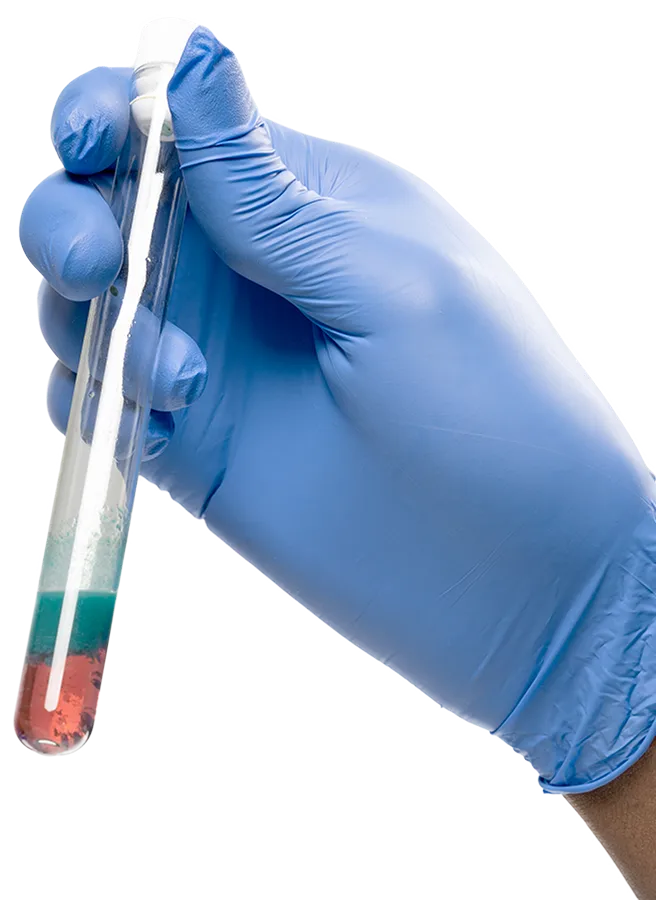
Advantages
It simplifies workflows without fluorescent detection or PCR, enabling faster, more accessible diagnostics in healthcare, agriculture, and beyond.
Sensitivity
Speed
Portability
Versatility
Customizability
How it works
How the Nucleotica
nanosensor platform works.
The Nucleotica Nanosensor Platform is an innovative diagnostic solution that utilizes advanced electrochemical biosensor technology for fast, precise, and reliable DNA detection.
The streamlined process ensures accuracy while remaining simple for diverse applications in clinical and research environments. Here is a step-by-step explanation of the platform's functions:
01 Sample preparation.
This step makes DNA detectable.
- Types of samples: Blood, saliva, tissue, or environmental samples.
- DNA extraction: DNA or RNA is extracted from the sample using standard techniques.
- Preparation is quick, taking just a few minutes.
- Minimal equipment: Preparation is simplified, reducing the need for complex devices or training.
02 Hybridization.
Specific binding DNA to a probe.
- Electrodes are coated with short, specific DNA probes for target sequences.
- Probes ensure desired DNA detection, minimizing false results.
- Hybridization: The sample binds target DNA to the probe, forming a stable duplex.
- Flexibility: The platform customizes detection of genetic markers, mutations, or pathogens.
03 Electrochemical reaction.
Transforms interaction into electrical signal.
- Target DNA binding changes electrode's electrochemical properties like resistance or conductivity.
- Sensors function reliably with standard PCR inhibitors and with degraded DNA, ensuring performance.
- Nanosensor captures changes, converting biochemical events to electrical signals.
- Instant reaction ensures quick results, no long waits.
04 Data processing.
Nanosensor signals processed with the software.
- Electrochemical signals are digitized for analysis.
- The platform confirms and quantifies target DNA, offering concentration insights.
- Proprietary software analyzes data, ensuring accuracy.
- Quality control and algorithmic corrections minimize errors.
Nanosensor mechanism
Nucleotica innovates DNA & RNA analysis with nanosensors.
Carbon nanotube electrodes.
Short oligonucleotide probes.
Electrochemical parameter changes.
Exclusive technological expertise
This design removes fluorescence detection or PCR, simplifying analysis with high accuracy.
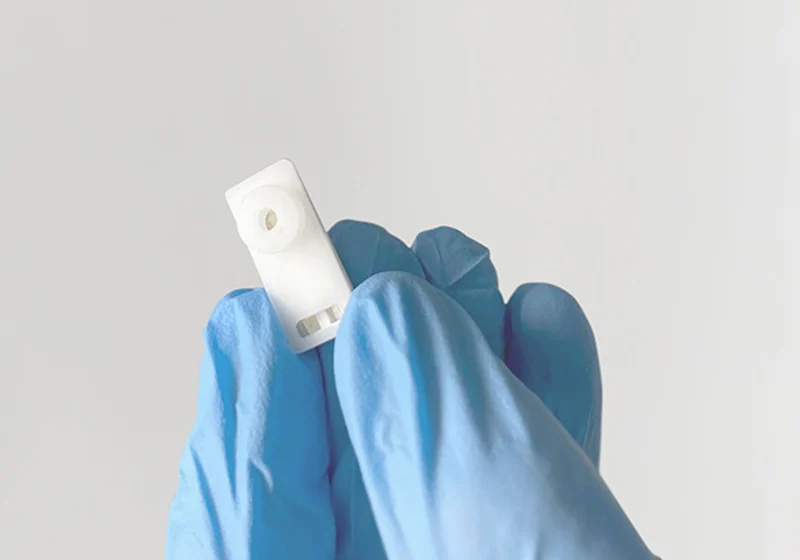
Customizable panels.
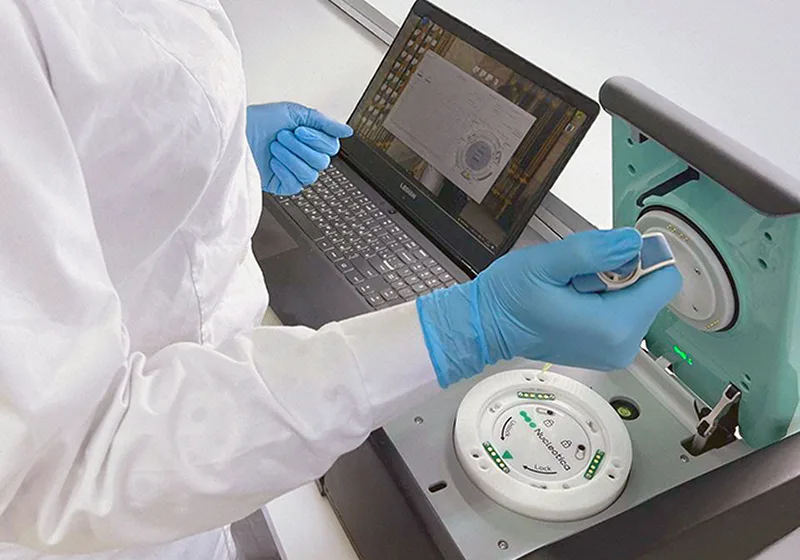
Simplified workflow.
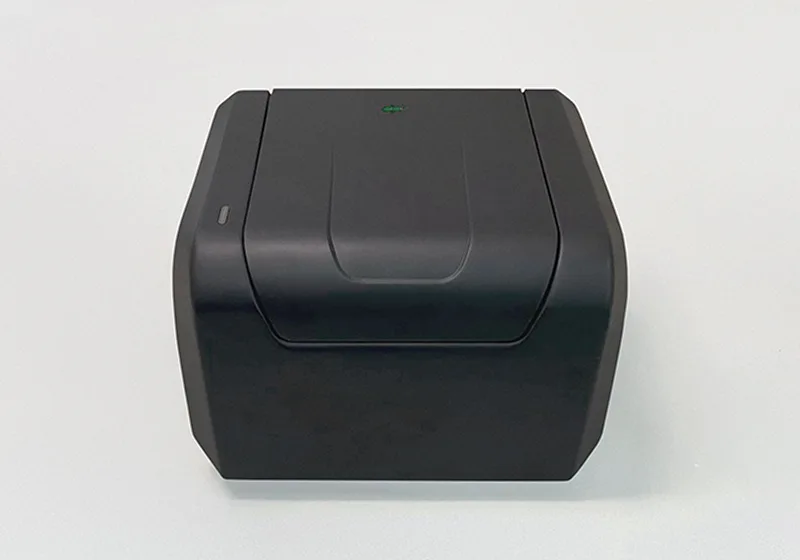
Durability and portability.
Achievements and testing
Comparison
with traditional methods.
Efficiency.
Accuracy.
Sensitivity.
Specificity.
Why choose Nucleotica?
Safety and environmental impact.
Versatility.
Cost Efficiency.
Adaptability.
Analysis Speed.
Sensitivity and specificity.
Where is it used?
We create advanced equipment to enhance precision and efficiency in diagnostics and healthcare.
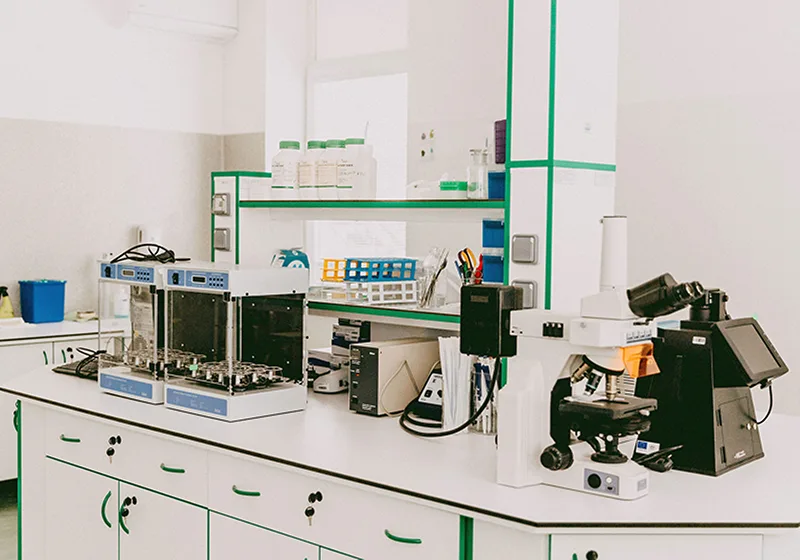
Laboratories.
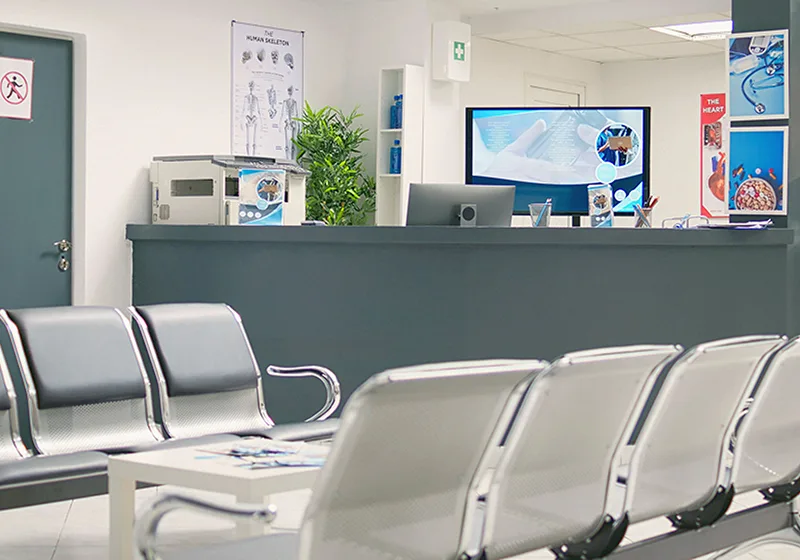
Clinics.

Educational institutions.

Research institutes.
Additional areas of application
The technology’s adaptability and precision make it invaluable across diverse fields.
Clinical diagnostics.
Agriculture.
Transplantology.
Environmental.
Food safety.
Device in action
See how our Sens 6 device works, testing for KRAS gene mutations
Contact us
Reach out to start your next innovation today.
Publications
Explore our groundbreaking research published in leading journals and presented at international conferences.
High-sensitivity label-free electrochemical genosensors for carbon nanotube plasmon-assisted detection of somatic mutations in nucleic acids from formalin-fixed paraffin-embedded tissues
Microchemical Journal 208 (2025) 112234 12p.
V.P. Egorova, H.V. Grushevskaya, N.G. Krylova, E.V. Vaskovtsev, A.S. Babenka, I.V. Anufreyonak, S.Yu. Smirnov, G.G. Krylov.
A single-molecule label-free identification of single-nucleotide colorectal-cancer-DNA polymorphism using impedance spectroscopy of self-redox-active decorated carbon nanotubes
Semiconductors, Vol. 54, no. 14, p. 1873–1876 (2020)
V.P. Egorova, H.V. Grushevskaya, A.S. Babenka, R.F. Chakukov, N.G. Krylova, I.V. Lipnevich, E.V. Vaskovtsev.
Nanopore-Penetration Sensing Effects for Target DNA Sequencing via Impedance Difference Between Organometallic-Complex-Decorated Carbon Nanotubes with Twisted Single-Stranded or Double-Stranded DNA
Advanced Nanomaterials for Detection of CBRN. NATO Science for Peace and Security Series A: Chemistry and Biology. / J. Bonca, S. Kruchinin (eds.) Springer, Dorchester, Chapter 17, p. 247-258 (2020)
A. S. Babenko, H. V. Grushevskaya, N. G. Krylova, I. V. Lipnevich, V. P. Egorova, R. F. Chakukov
